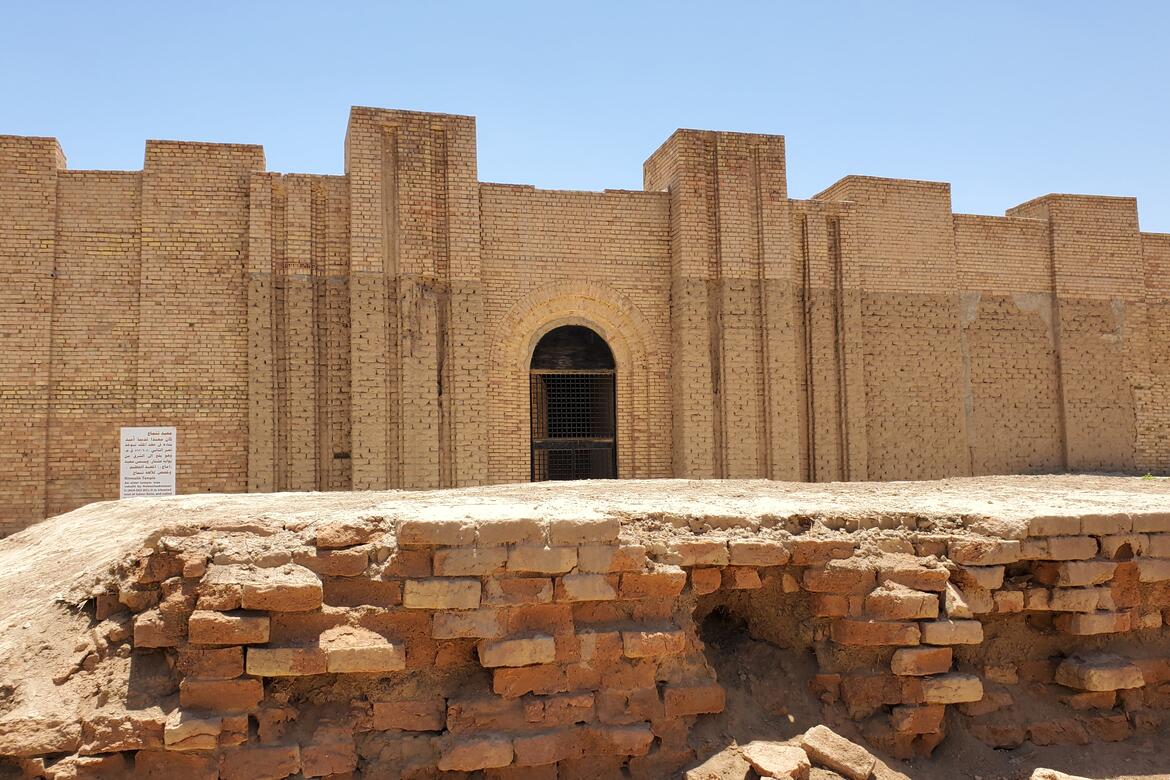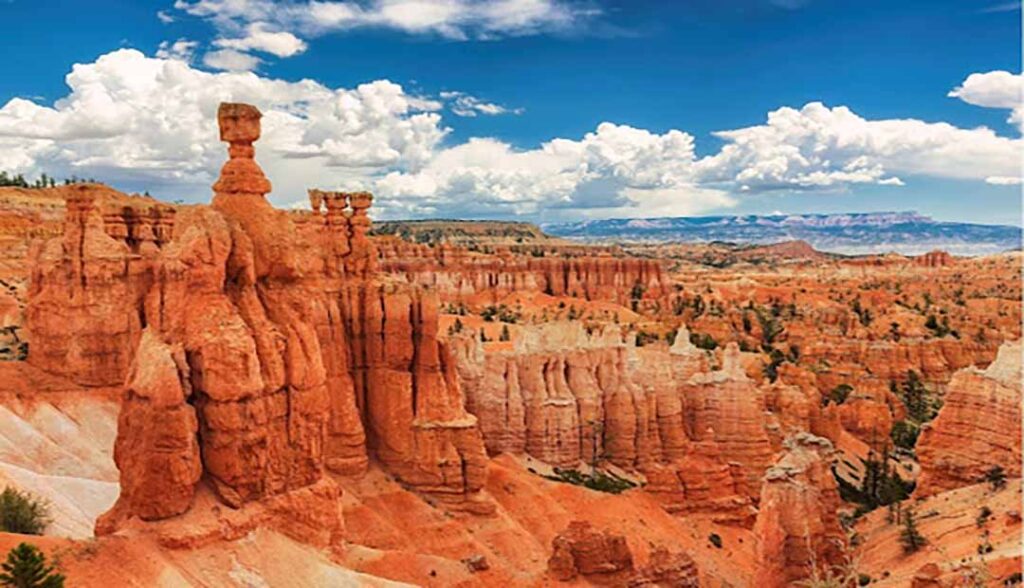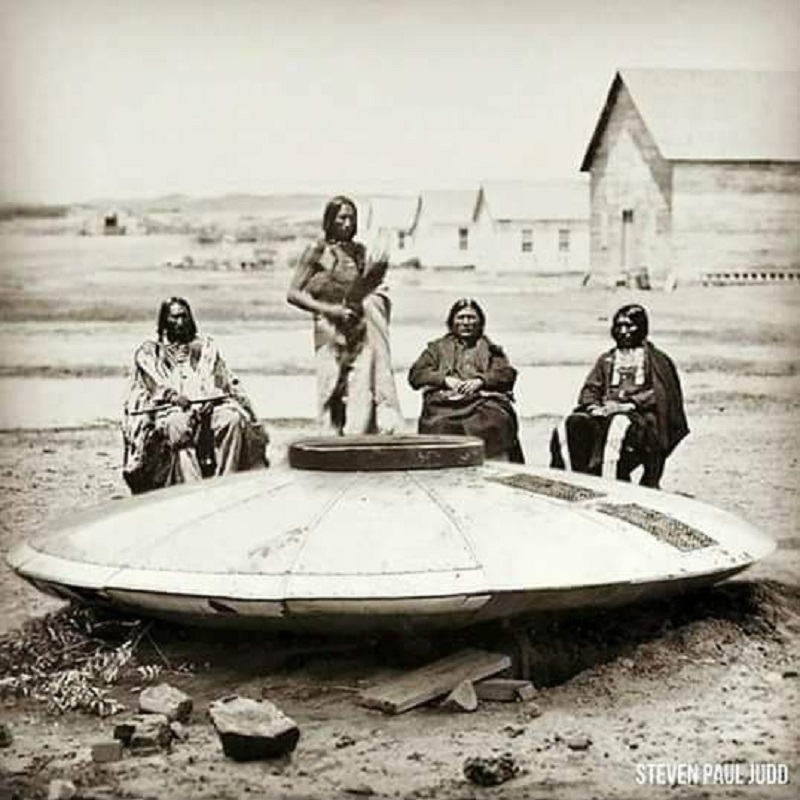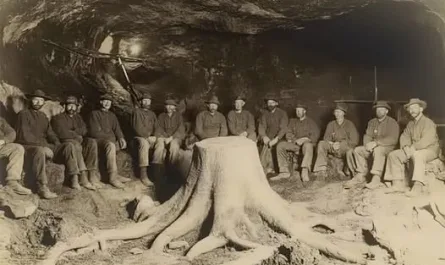Home to the famed Hanging Gardens, one of the Seven Wonders of the Ancient World, Babylon was believed by Mesopotamians to be founded by the god Marduk. Here are some other interesting facts about Babylon.
The 2,600-year-old Lion of Babylon statue is among the most celebrated archeological artifacts in the history of Iraq.
The first sculpture to be rediscovered in Babylon in the late eighteenth century, the lion has since become a popular icon, its image gracing everything from Iraqi currency to local restaurant signage.

Some historians believe that Babylon was the largest city in the world during the rule of Nebuchadnezzar II.
Nebuchadnezzar’s reign, which straddled the seventh and sixth centuries BCE, saw the construction of important monuments like the Ishtar Gate and the restoration of older parts of the city, transforming Babylon into a grand imperial capital.
Babylon was an important center of early mathematics and astronomy with a lasting influence on contemporary units of measurement.
Babylonia’s unique numerical system, which was based around the number 60, accounts for why we divide hours into 60 minutes and minutes into 60 seconds; it’s also why we say that there are 360 degrees in a circle.
Babylon was the seat of power of King Hammurabi, whose code of laws is considered one of the most important surviving legal texts from the Ancient Near East.
Surviving on clay tablets and large stone stelae, Hammurabi’s code was the first written collection of Mesopotamian laws to be discovered by archaeologists. The prologue to the code describes Hammurabi as chosen by the gods to administer justice to his people.
Among the most famous works of Mesopotamian architecture is Babylon’s Gate of Ishtar.
The monumental brick structure, which stood along the Street of Procession and controlled access to the center of the city, is decorated with reliefs of creatures like bulls, and dragons, which symbolize important gods, including Marduk, Babylon’s tutelary deity.
The ancient city was inscribed on UNESCO’s World Heritage List in 2019.
Babylon’s inscription followed a nomination proposal submitted by the Iraq’s State Board of Antiquities and Heritage with help from World Monuments Fund (WMF), which has continued to aid the conservation of sites like the Ishtar Gate, the Lion of Babylon, and Ninmakh Temple.
In 2004, in response to the acute threat the invasion of Iraq posed to the country’s ancient heritage, WMF launched the Future of Babylon project. Since then, brick-and-mortar conservation work has dovetailed with a focus on building local heritage capacity and sustainably managing tourism.
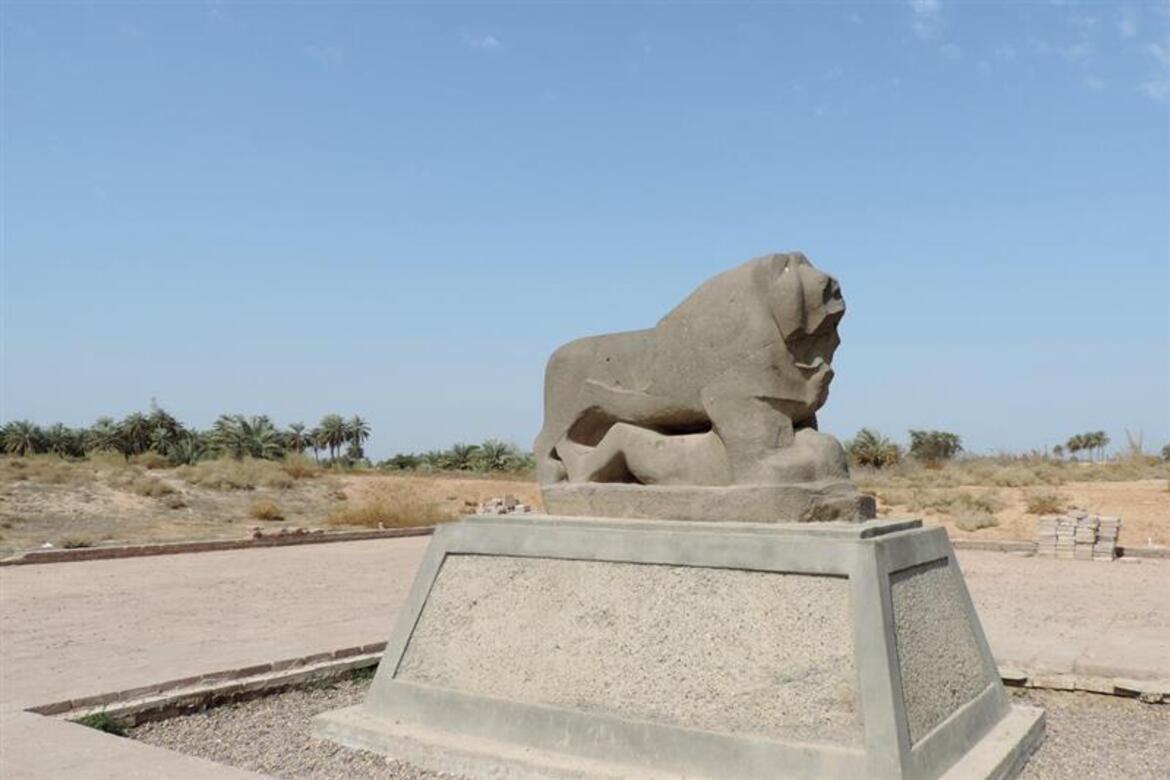

Site: Babylon
Caption: Ishtar gate: Laying sandbags to prevent erosion
Image Date: October 2015
Photographer: Jeff Allen/World Monuments Fund
Provenance: Site Visit
Original: email from Lisa Ackerman from James B. Fennell, Cultural Affairs Officer, U.S. Embassy Baghdad

